
There’s a case to be made that brick and mortar stores are utterly doomed in today’s tech-driven society that’s gradually becoming more reliant on the online world. After all, there’s no way regular shops can stand on their own against the practicality of e-commerce, right?
However, while the brick and mortar stores don’t have to worry about being pushed out of the way any time soon, a study by RedBrain reveals that e-commerce is growing at a significant rate. And it has been growing for quite some time now, especially since the millennials started tilting the scales in the favor of online shopping.
These are the advantages people who prefer shopping online often cite as the main reasons why that’s their preferred method of seeking out goods:
- Online stores are available 24/7
- Virtual platforms make it easy to compare and find better prices
- Online platforms offer a greater variety of options
- Shopping online saves a lot of time
- Finding discounts is simpler
- It extends the convenience of not having to leave home
- No crowds, no checkout lines
- It allows the ability to shop things otherwise unavailable due to geographical restrictions
On the other hand, those who still prefer walking down to a store and doing their shopping in person have their own reasons for doing so:
- Having the ability to see and touch an item before buying it
- No delivery time
- The luxury of taking the item back home immediately
- No fear of ending up with something they did not choose
- No additional shipping costs
- No danger of the item getting damaged during shipping
- Being able to talk to a sales representative before buying
- Enjoying the atmosphere of shopping on the spot
- Simpler protocols if they wish to return the item
Obviously, the cons of each shopping method can be found among the pros of the other one – it appears that these two models of shopping are primarily focused on rectifying each other’s shortcomings.
The best way of understanding the dynamic correlation between regular stores and e-commerce platforms is to review case studies – the following infographic will use the examples of noteworthy store brands, like Walmart, Nordstorm, The Home Depot, Best Buy and others, and examine how their offline vendors measure up against the sales conducted on their online counterparts.
By doing so, the infographic demonstrates the balance of power distributed between each retailer’s brick and mortar stores and their own e-commerce platforms. It shows the numbers which reveal why brick and mortar is still the dominant model by a landslide, but also proves that e-commerce is tirelessly closing the gap between the two. Check the infographic below which illustrate 11 of the Brick and Mortar Stores and their online activities.

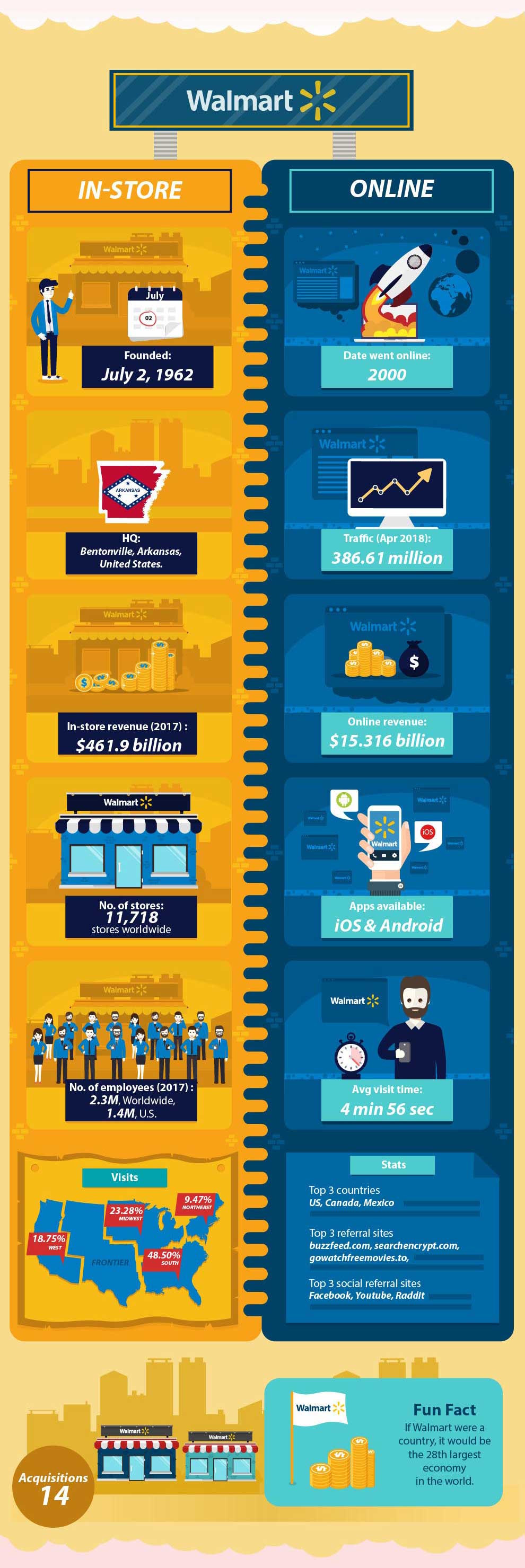
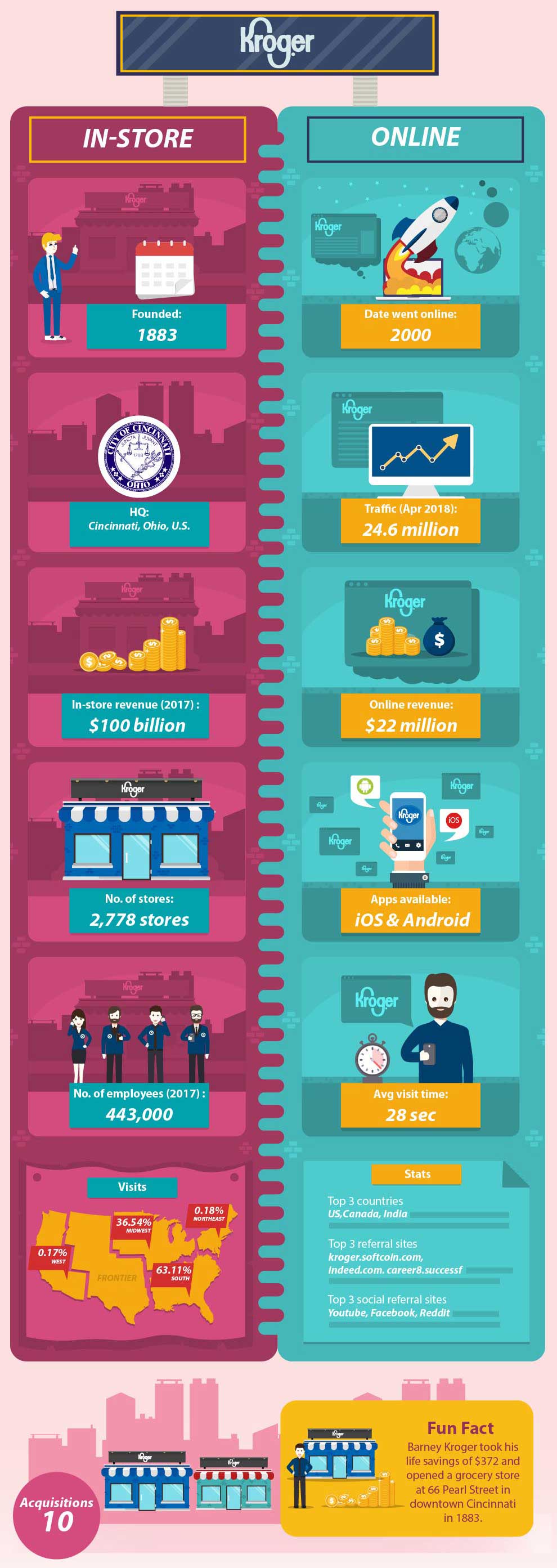
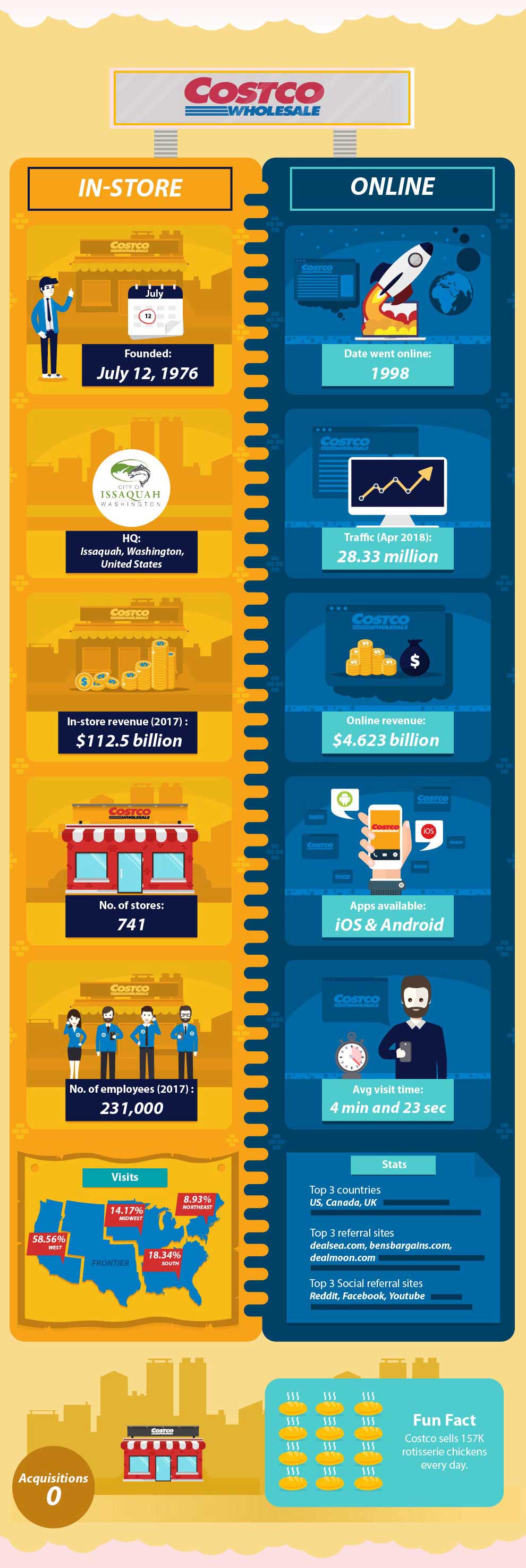
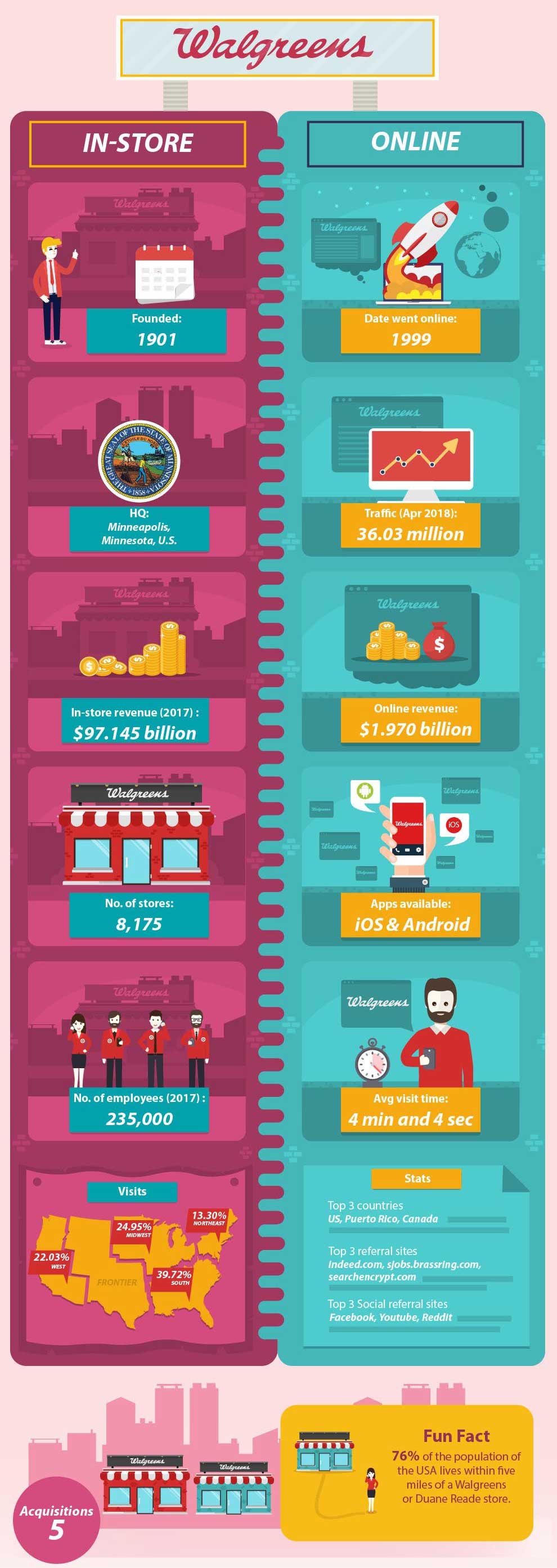
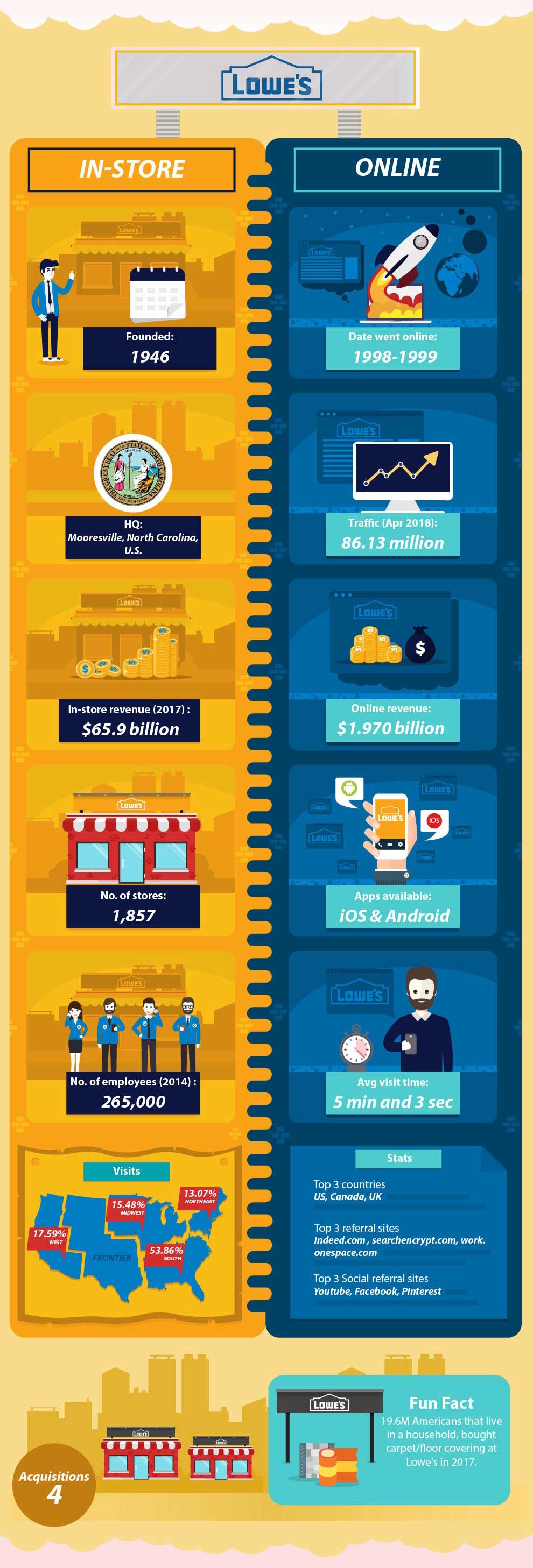
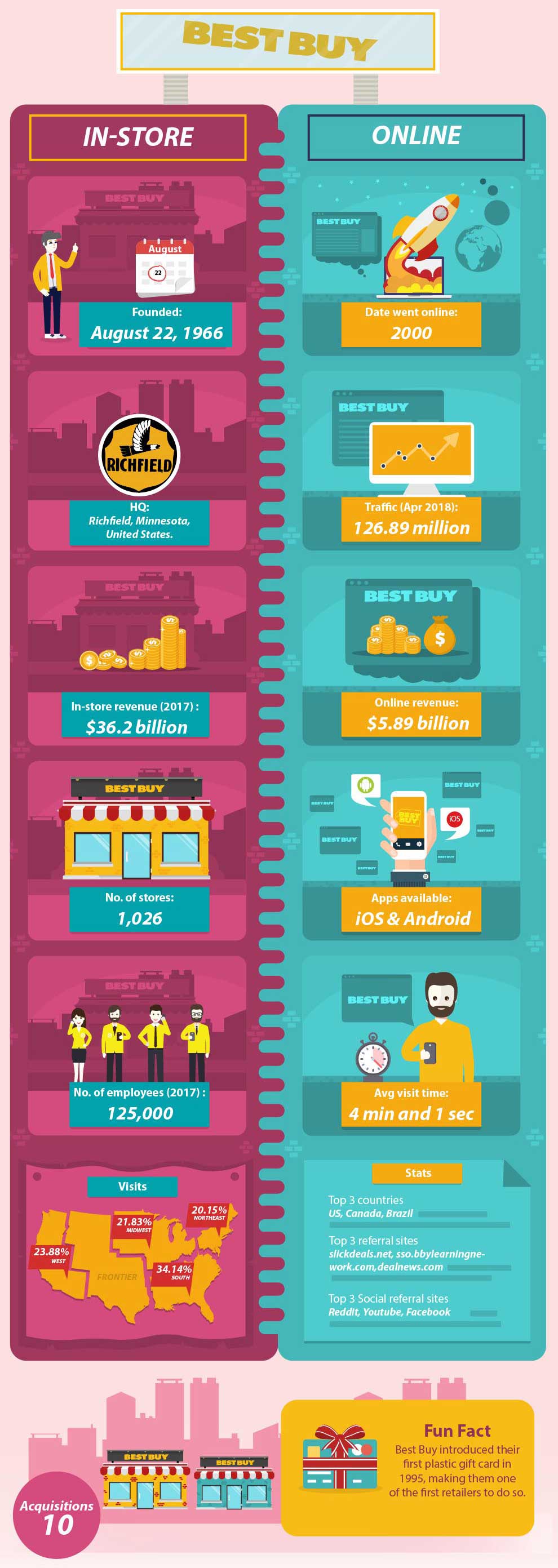
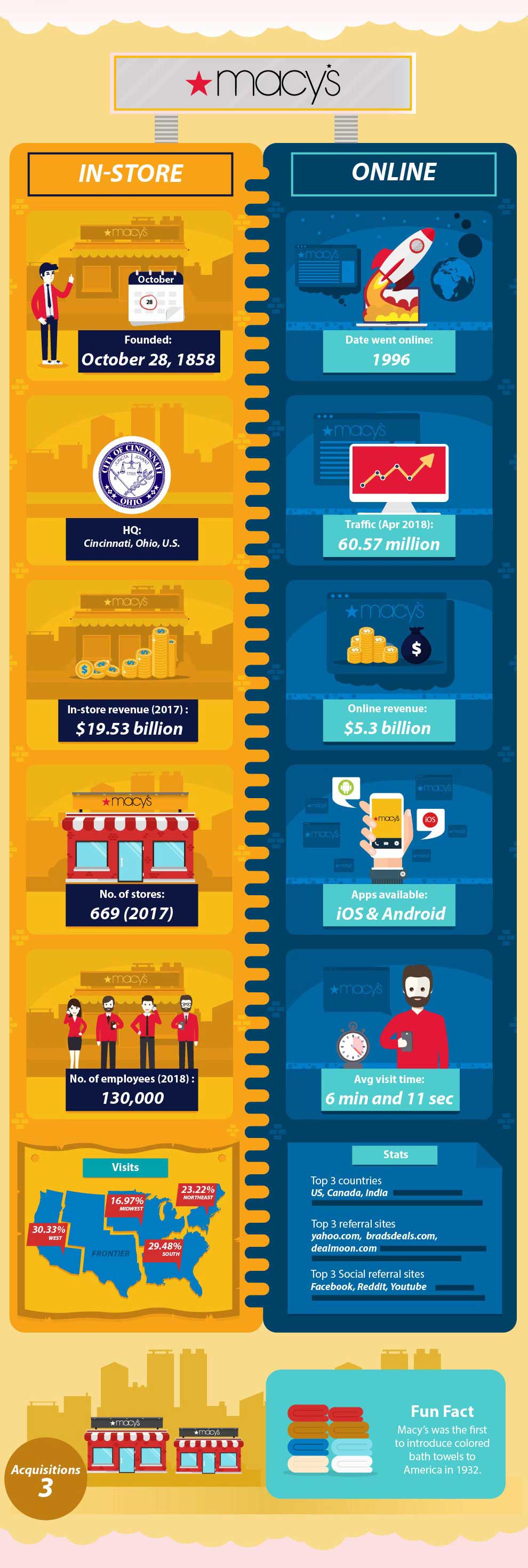
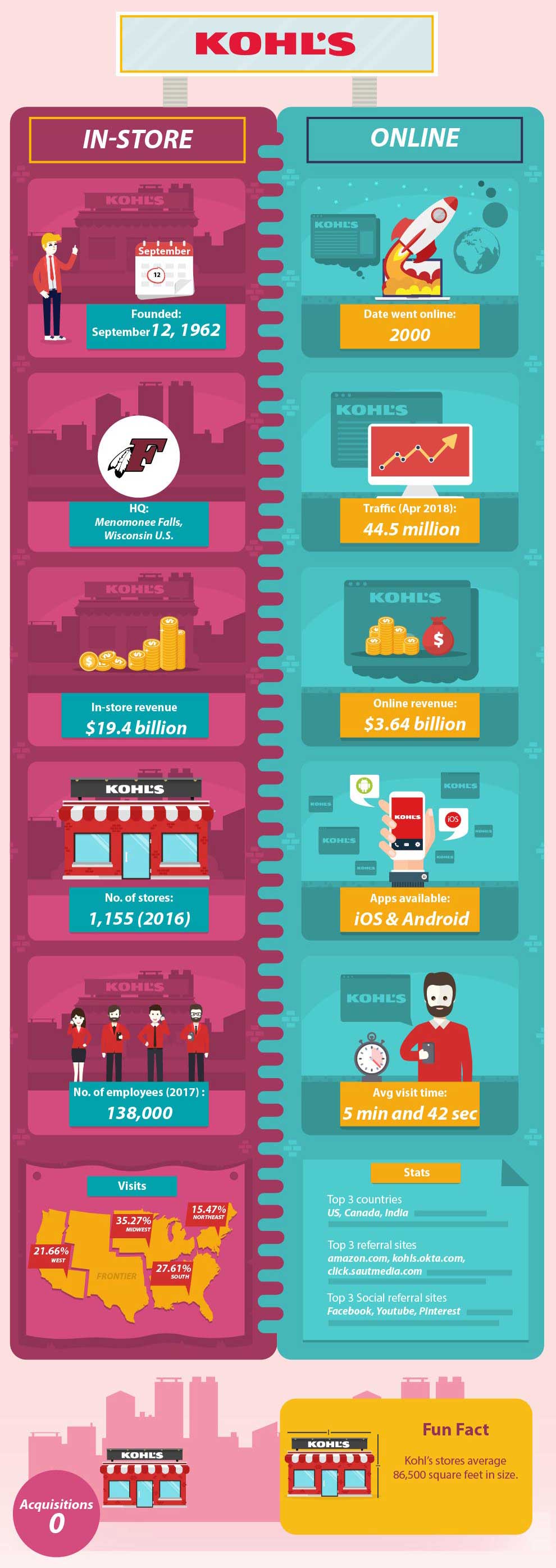




![Human Wonders - Space Taxis [Infographic] hero-image-space-taxis](https://www.skillzme.com/wp-content/uploads/2025/01/hero-image-space-taxis-200x200.jpg)
![Human Wonders 25 Years International Space Station ISS [Infographic] hero-image-25-years-ISS](https://www.skillzme.com/wp-content/uploads/2025/01/hero-image-25-years-ISS-200x200.jpg)


At this point in time, there is literally nothing you can’t buy online. Not only is it fast and reliable, it’s delivered to your doorstep.
The future of retail is online.